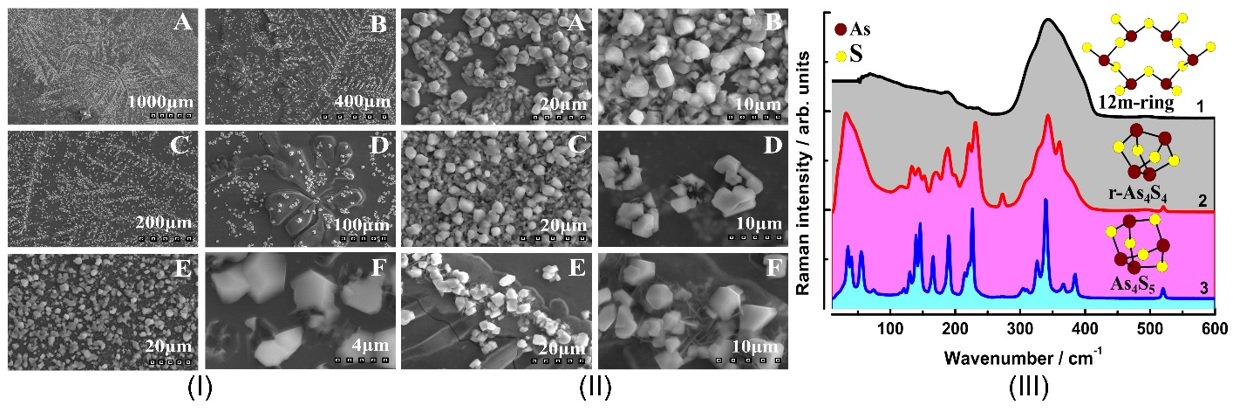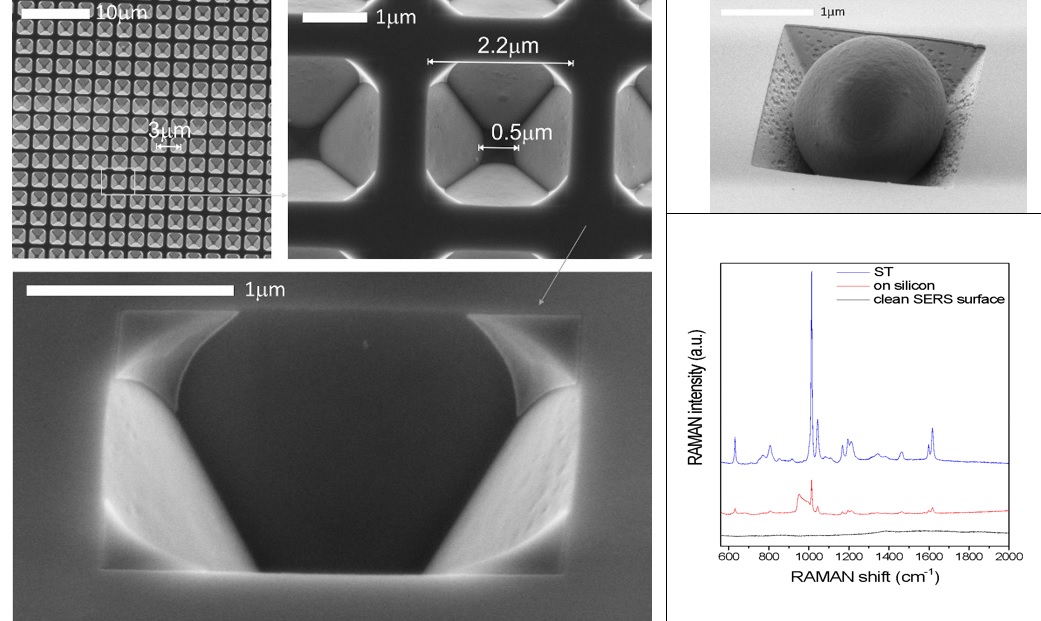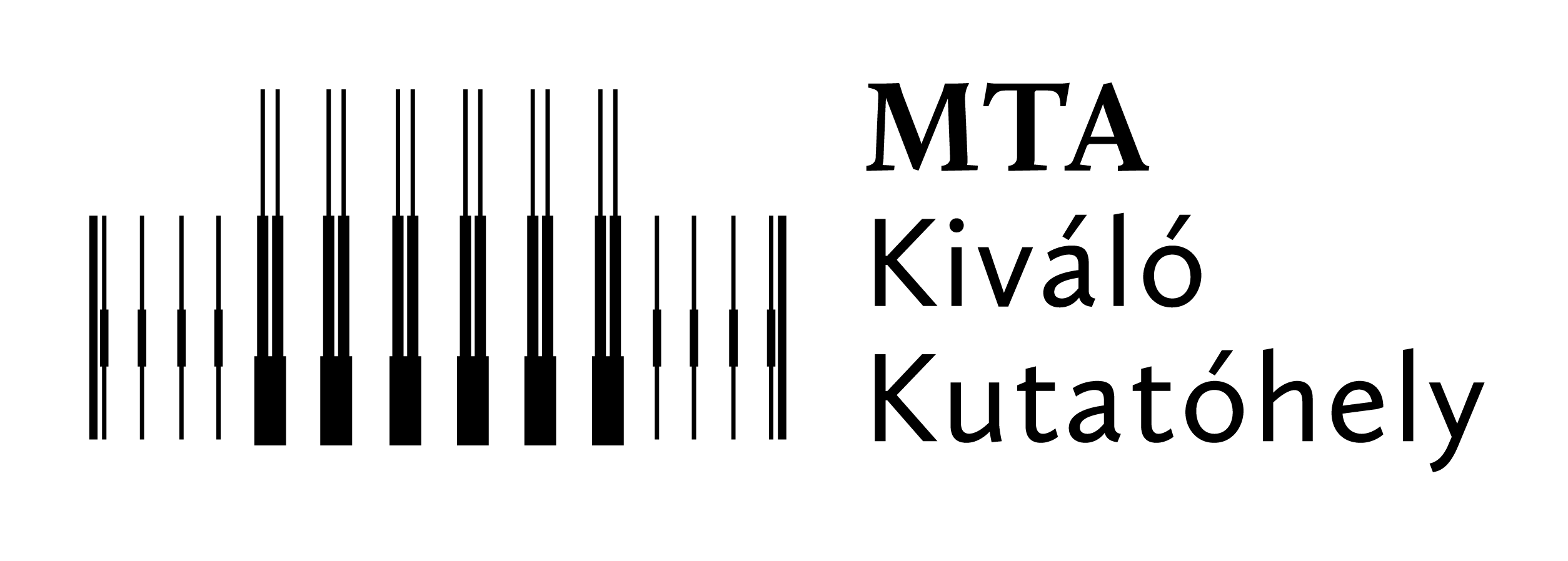2018
Gold-catalyzed synthesis and structural characterization of a new type of As-S nanocrystallites. — Non-crystalline chalcogenides with high infrared transparency have stood out as materials of choice for infrared optics. Detailed study of the physical properties of these materials revealed their unique and remarkable structural, electronic, optical properties and large functionality, and has attracted significant attention, representing an important scientific and technological challenge as well. They offer wide possibilities in domains such as information technologies (optical data storage, ultrafast optical transmission and information processing), photolithography, renewable energy technologies (high efficiency solar cells, solid electrolytes), medicine, thermal imaging, sensing and biosensing etc. Recent progress in photonics shows that amorphous chalcogenides are among the best candidates as active optical media for ultrafast all-optical processing systems.
Crucial differences were observed between structure and properties of As-S chalcogenide thin films prepared by normal and gold-catalyzed thermally initiated vapor deposition from the same As2S3 glass precursor. The as-deposited As2S3 film prepared by thermal evaporation contains large concentrations of photosensitive realgar-like As4S4 inclusions compared to the structure of bulk As2S3 glass. The irradiation of this film by near- or over-bandgap coherent light initiates significant structural transformations connected mainly with induced transformation of realgar As4S4 molecules into their pararealgar polymorph. In contrast, formation of novel molecular nanocrystals was observed on the surface of As2S3 films synthesized with gold-catalysis. The size and shape of the crystallites was characterized by electron microscopy and their structure was found to be not photosensitive. Surface enhanced Raman spectra of crystallites were interpreted with DFT calculations and showed that the crystallites are built from As4S5 cage-like molecules forming tetra-arsenic pentasulfide (Figure 1).

Figure 1. (I) Surface morphology and distribution of As4S5 micro-crystallites on As2S3 films synthesized by gold-catalyzed vapor deposition on 5-60 nm Au nanoparticles (A-F); (II) SEM images of As2S3 nanolayers synthesized with spherical gold nanoparticles of different size: 5 nm Au-np (A,B), 40 nm Au-np (C,D), and 60 nm Au-np (E,F); (III) FT-Raman spectrum of glassy As2S3 (1) and surface enhanced Raman spectra of As-S thin films prepared by thermal deposition (2) and gold-catalyzed vapor deposition (3). The main clusters constituents of the films are also indicated on the Figure.
Color centers in nanodiamond. — A gold-coated array of flow-through inverse pyramids applicable as substrate for entrapment and immobilization of microobjects and for their subsequent surface enhanced Raman spectroscopic (SERS) characterization was fabricated using bulk micromachining techniques from silicon. The inverse pyramids have 2.2x2.2 microns sized base on the top (being flush with the silicon surface) and a 0.5x0.5 microns sized opening on the bottom (Figure 1). The perforated periodic 3D structure was demonstrated for parallel particle trapping and sensitive detection of molecules by entrapment and SERS characterization of polymeric microspheres. It was found that the periodic array has efficient near-field enhancement in the 650-850 nm region. Raman intensity maps recorded over the entrapped microspheres indicated efficient SERS enhancement inside the inverse pyramids.

Figure 1. SEM view of the periodic perforated SERS substrate applicable for flow-through experiments and particle and cell entrapment (left). Polymeric microparticle entrapped in an inverse pyramid of the SERS substrate (top right). Comparison of the SERS spectra recorded on the clean SERS surface and entrapped microparticle (ST) and normal Raman spectrum of the latter on silicon (bottom right).



